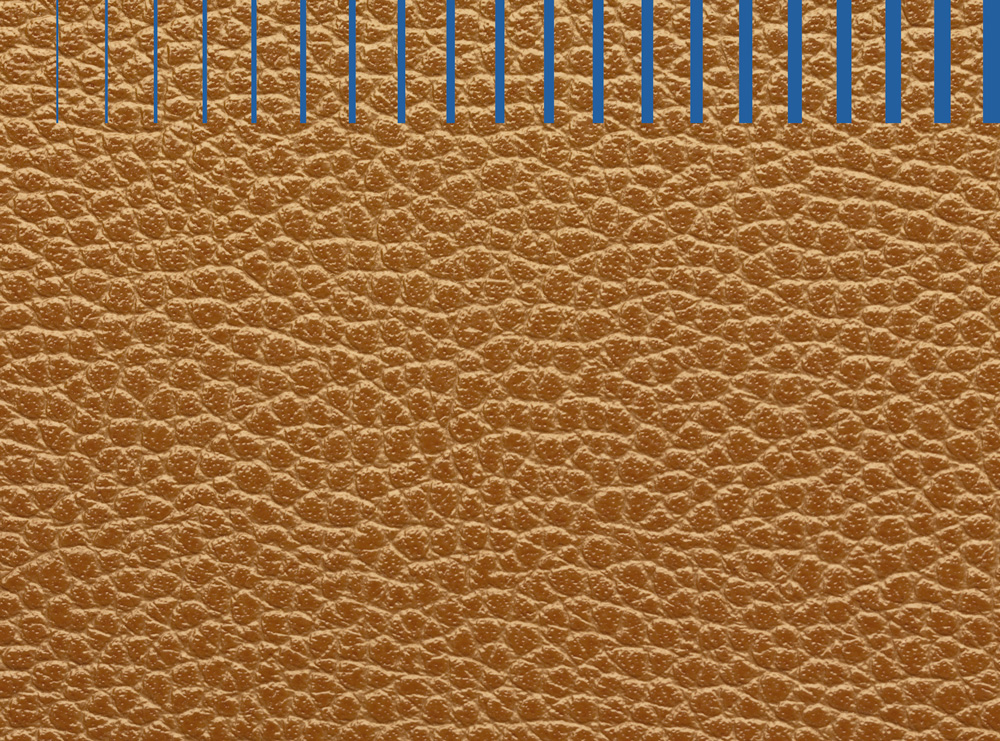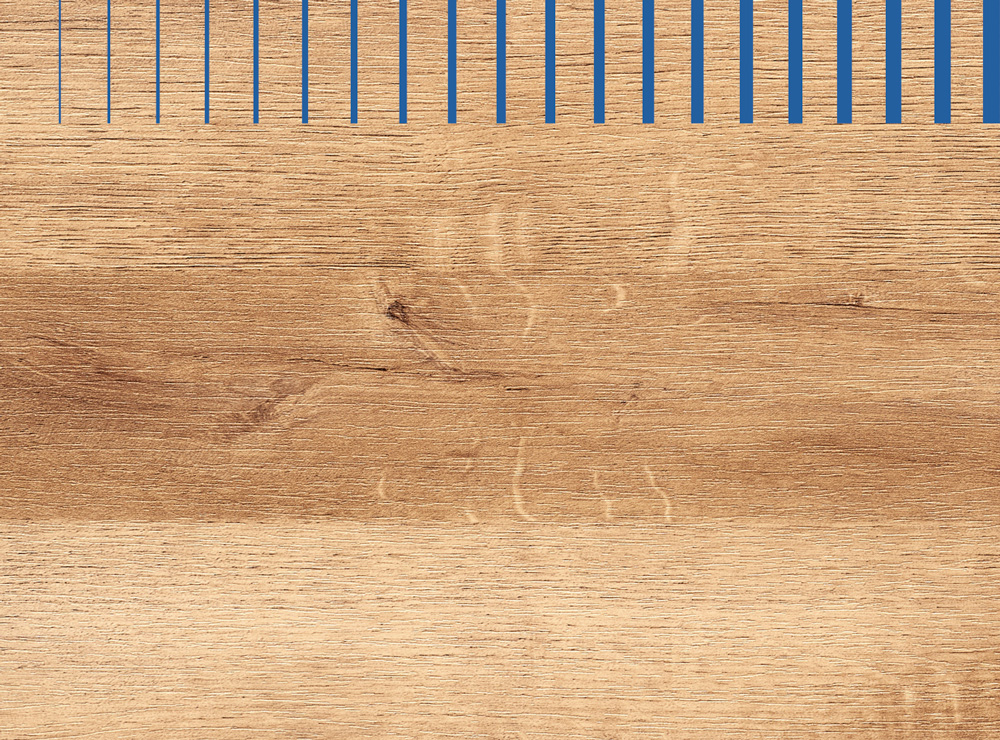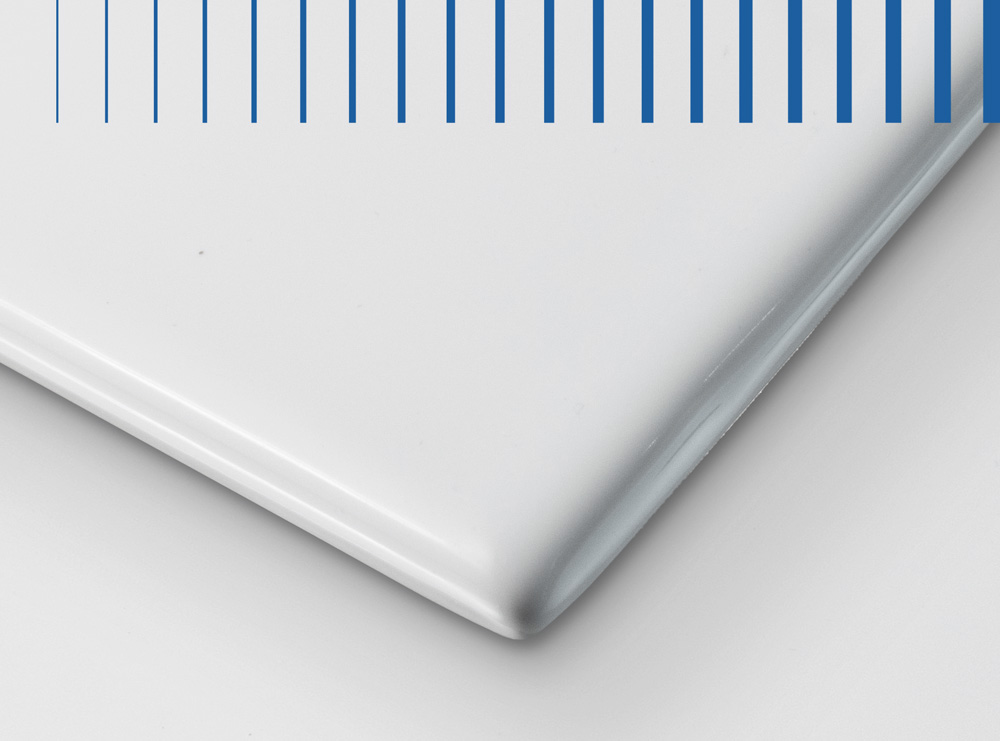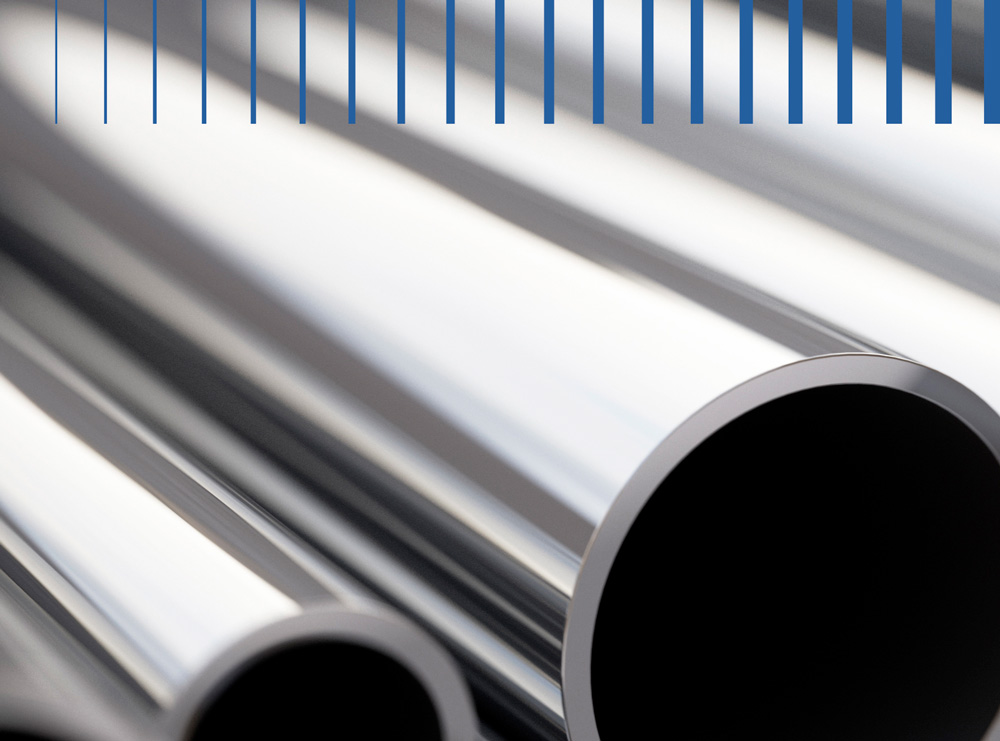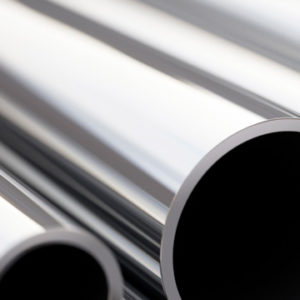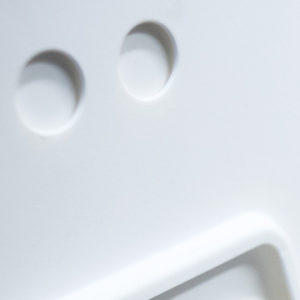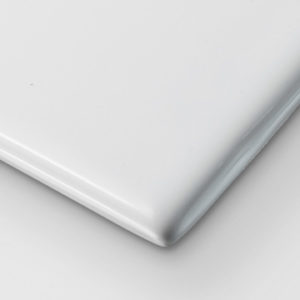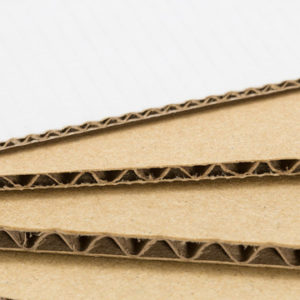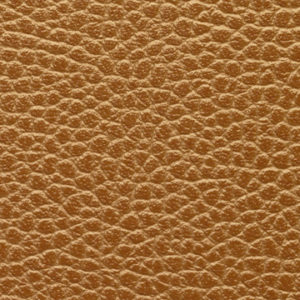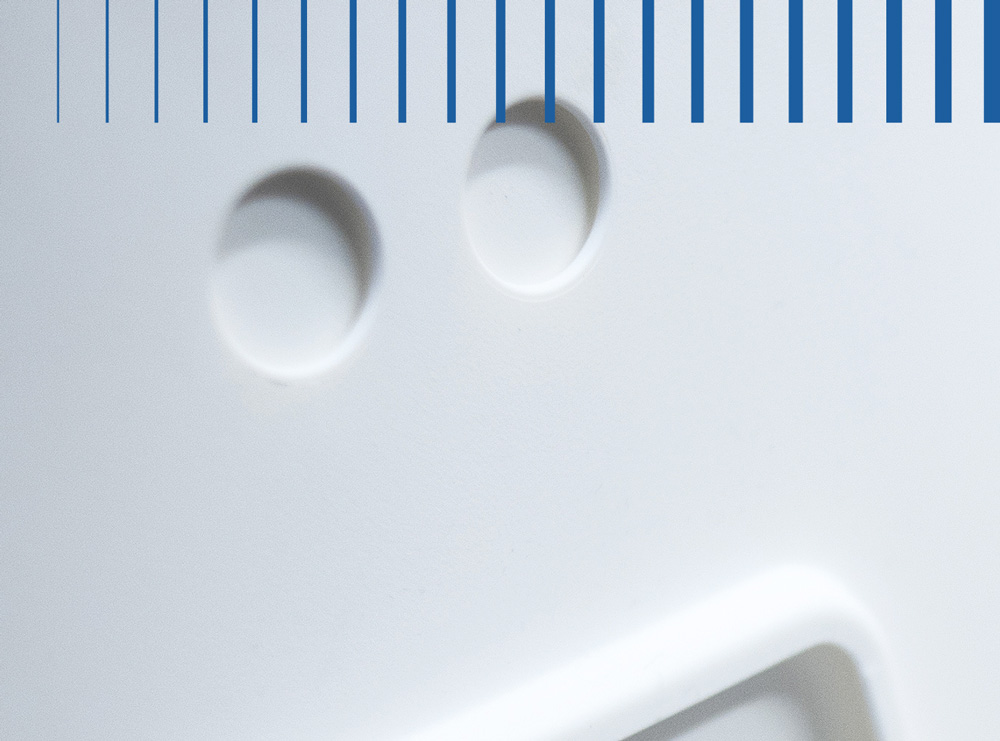CARDBOARD & PAPER LASERING WITH ECOMARK
DURABLE, HIGH-CONTRAST, WITHOUT CONSUMABLES
Cartons, cardboard and paper can be marked quickly, precisely and with high contrast using laser marking. A CO2 laser removes or burns the top layer of material without penetrating the cardboard or paper. The CO2 laser works so precisely that the most filigree patterns and the smallest lettering are neatly lasered and are clearly visible and legible.
APPLICATION DIVERSITY INCLUDED:
BRANDING, REFINEMENT, SECURITY MARKING
The applications of laser marking in the paper & cardboard sector are manifold: branding and decorating product packaging. Mark folding boxes in safety-relevant areas such as laboratory supplies and medicines in a forgery-proof and traceable manner. Greeting and gift cards, place cards for special occasions or business cards can be refined and personalised by laser. But laser marking using CO2 laser machines is also a forward-looking solution in shipping logistics and postal services.
All types of marking are possible, such as logos, fonts, images and graphics, barcodes and barcodes, QR codes and Datamatrix codes, serialisation numbers, microprinting and much more. The contrast colour of the laser marking does not always have to be dark or black. With a low power setting of the CO2 laser, a reverse colour change can be achieved. This means that, for example, a light (white) laser marking can be produced on dark paper. With coloured paper, the marking colour varies depending on the laser settings.
Laser marking is ideal for multi-layered paper. In this case, the top layer, the cover layer, is removed in the finest dimension, so that a clearly visible contrast to the second paper layer is created.
Fast, precise, permanently high-contrast and efficient in processes - these are the superior advantages over other marking methods such as imprints or adhesive labels. Laser engravings remain intact even when exposed to environmental influences such as wetness or UV light from sunlight. In addition, there are no consumables such as ink or labels. CO2 lasers for paper marking work with the same precision from start to finish, without any tool wear that can occur with other processes. And this is just as true for small, individualised runs as it is for large-volume production. In addition, lasers are insensitive to dust, which often occurs in paper and board processing. Stable marking processes are therefore guaranteed.
LASER MARKING CARDBOARD & PAPER:
IMPRESSIVE ADVANTAGES
- Flexible use for almost all surfaces and products
- Fast thanks to EcoMark software eliminates set-up and adjustment times
- Cost-effective low-maintenance operation without consumables
- Resistant to mechanical stress and chemicals, heat, cold and moisture
- Reliably clean, permanent marking with the highest precision
- Durable robust, reliable top quality



